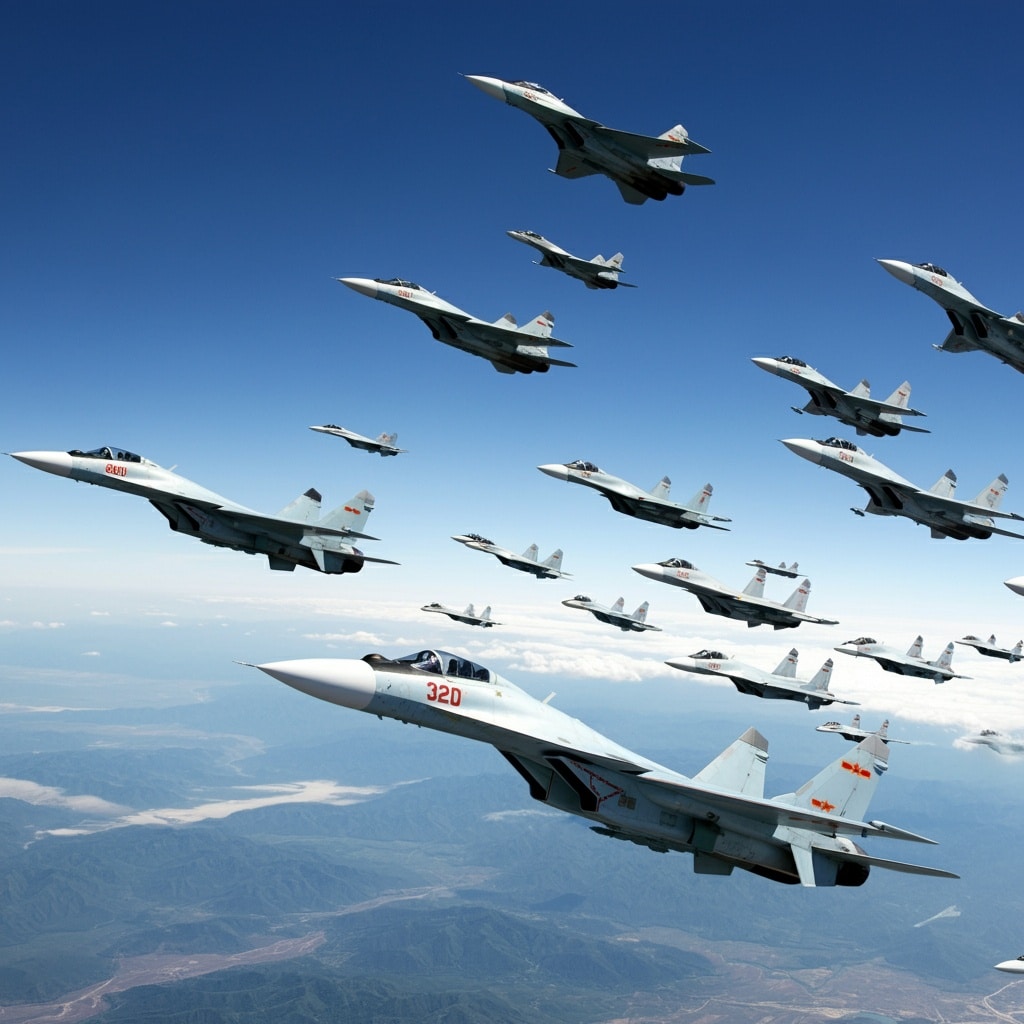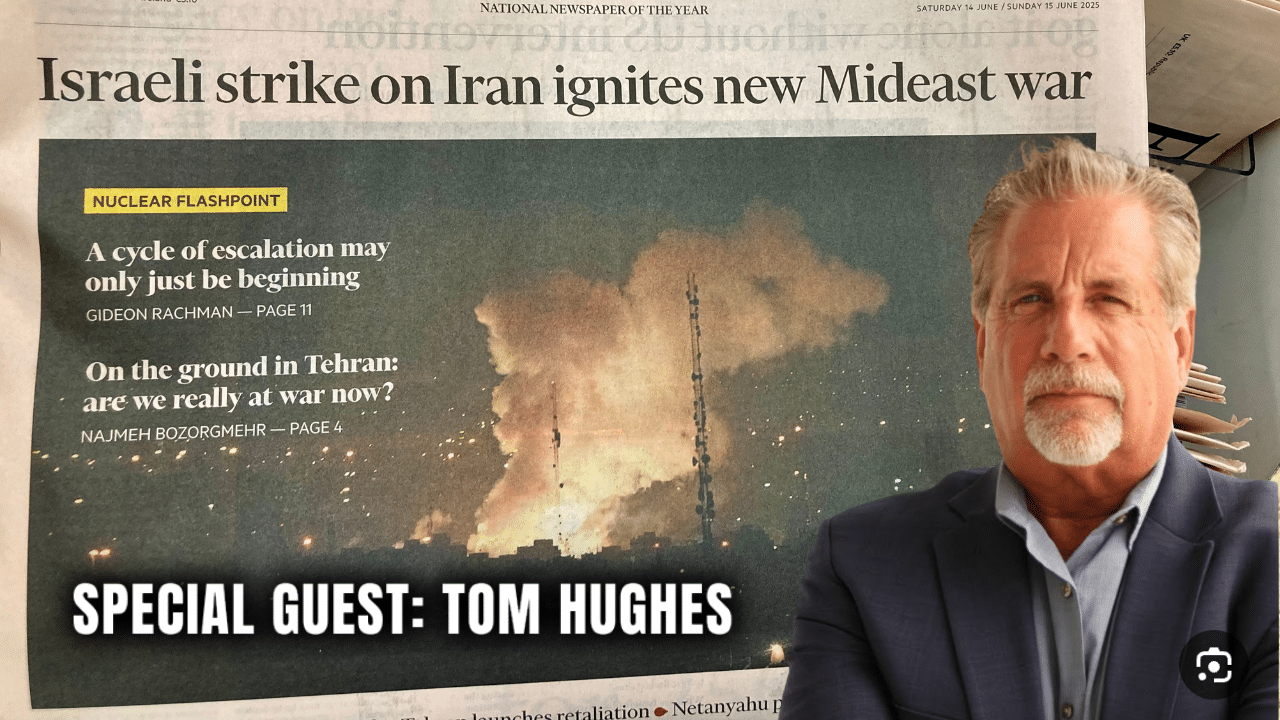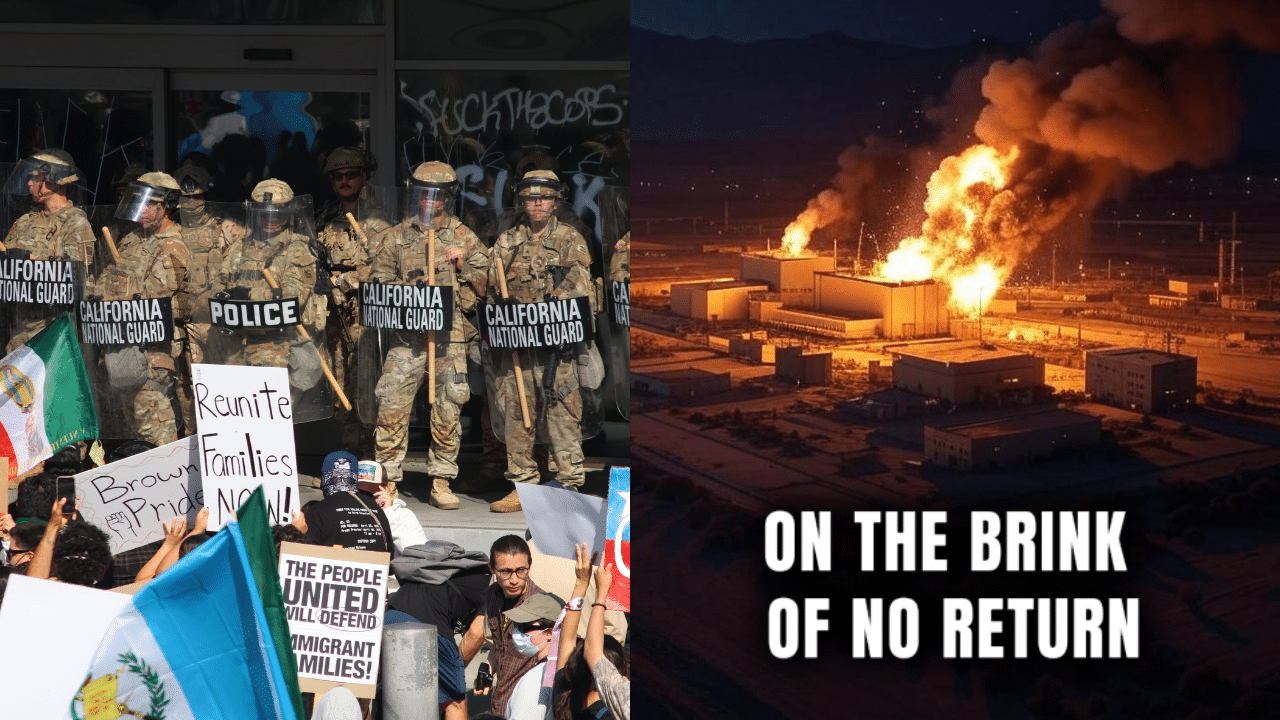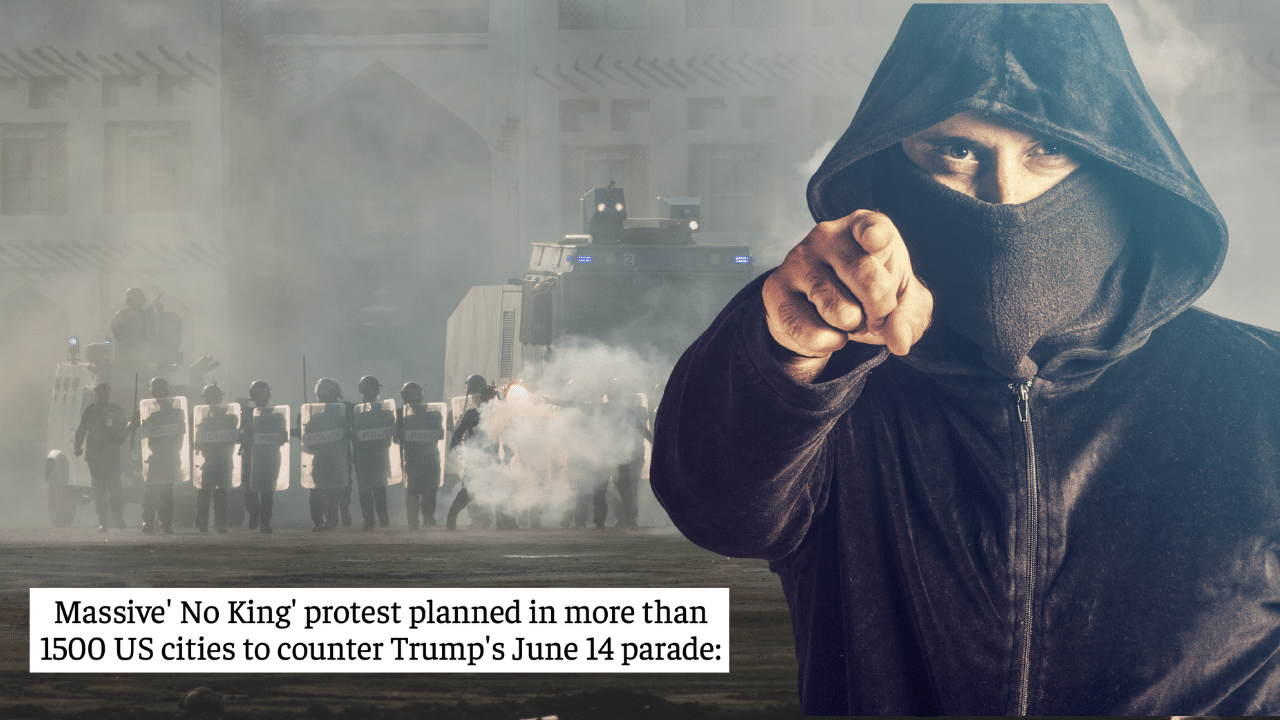China conducted a second consecutive day of military exercises around Taiwan, simulating port strikes and intensifying pressure on the self-governing island.
These drills, part of an operation dubbed “Strait Thunder-2025A,” have drawn international attention and sparked concerns over escalating tensions in the Taiwan Strait.
According to a statement from Senior Colonel Shi Yi, a spokesman for the People’s Liberation Army (PLA), cited by Financial Post, the exercises took place in the central and southern parts of the Taiwan Strait.
The drills tested the PLA’s ability to enforce a blockade, featuring “precision strikes” on simulated targets such as ports and energy facilities.
This follows a first day of maneuvers that already showcased China’s military capabilities, signaling a clear message to Taiwan’s leadership under President Lai Ching-te, whom Beijing views with strong disapproval.
The Edge Malaysia reported that these exercises are part of an unprecedented wave of military pressure aimed at Taiwan, with China flexing its muscles in response to perceived provocations.
The inclusion of port strike simulations suggests a focus on disrupting Taiwan’s economic lifelines, a tactic that could cripple the island’s trade-dependent economy in a real conflict.
The drills also extended beyond the Taiwan Strait, with the PLA conducting “long-range live-fire drills” in the East China Sea, north of Taiwan, further expanding the scope of the operation.
The timing of these exercises is notable, coming shortly after joint U.S., Japan, and South Korea military drills in the East China Sea involving the U.S. Carl Vinson carrier strike group.
Financial Post noted that the U.S. State Department, through spokesperson Tammy Bruce, condemned China’s actions, reaffirming Washington’s opposition to “unilateral changes to the status quo” in the region.
The U.S. has consistently voiced support for Taiwan and its allies, a stance that continues to irk Beijing.
Posts on X have echoed these reports, with users sharing links to articles and expressing a mix of alarm and analysis.
One user highlighted the Financial Post coverage, emphasizing the simulated port strikes as a sign of China’s intent to test Taiwan’s resilience.
Another pointed to the broader context, noting that these drills coincide with ongoing debates over international trade routes and control of strategic infrastructure, such as the recent acquisition of the Panama Canal Railway by Denmark’s Maersk—a development unrelated to Taiwan but indicative of shifting global power dynamics.
Analysts suggest that China’s actions are both a show of strength and a warning to Taiwan’s leadership, particularly President Lai, who has been a vocal advocate for Taiwanese sovereignty.
The Financial Post article underscored that Beijing’s displeasure with Lai has fueled this latest round of military posturing, which builds on a pattern of increased activity around Taiwan in recent years.
The simulated strikes on ports and energy facilities signal a potential strategy to isolate Taiwan economically and militarily, should tensions boil over into open conflict.
Internationally, the response has been one of cautious observation. The U.S., while critical, has not announced immediate countermeasures beyond its prior regional exercises.
Japan and South Korea, key players in the East China Sea drills, have yet to issue formal statements, though their involvement in earlier maneuvers suggests a coordinated effort to counterbalance China’s growing assertiveness.










